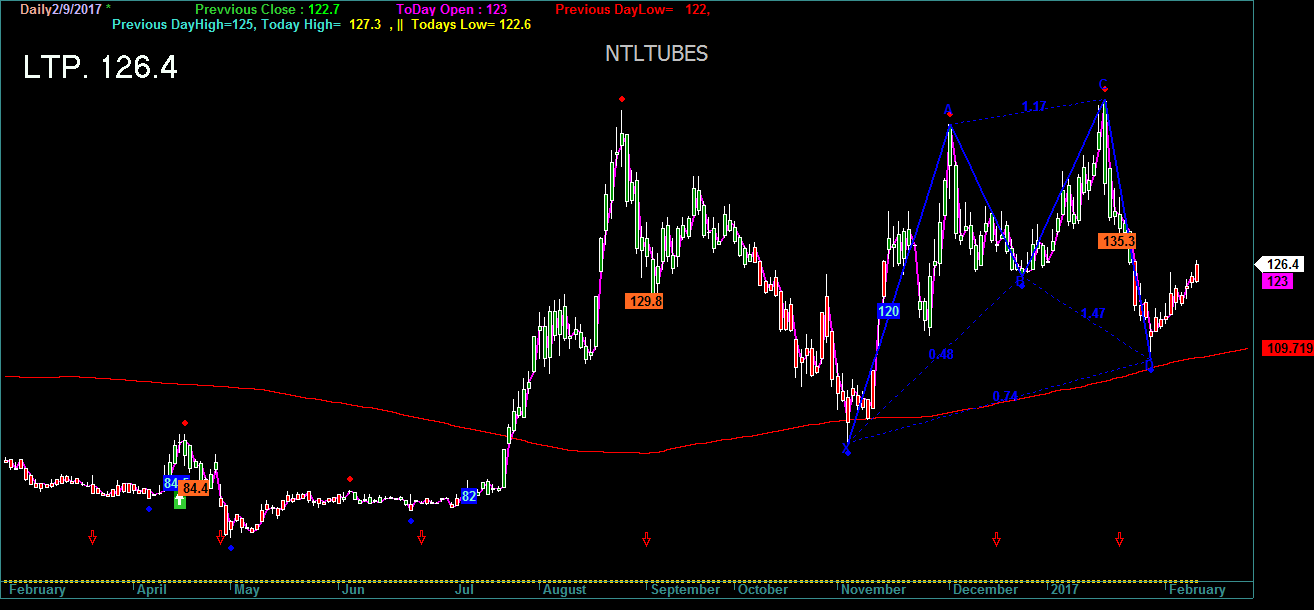

Other aspects of the pattern can change as well.Īs a result, in order to use Explore or Scan I think that it will be necessary to generate some code that is "smart" enough to do what the user does manually before printing a "yes" or "no" in the output column.

In addition, the pattern can also move within the price history (for example, be 100 bars wide, ending at the last bar, and then move to a completely different area that is earlier in time (I have seen this many times). As these parameters are changed, the pattern can expand and contract. Give it a try.Dont think thats gonna be very hard.Īnshuman, I am quite familiar with Explore/Scan and perhaps I'm missing something but I don't think it is that simple.Įach pattern has a number of adjustable parameters that the user changes in order to "find" a pattern. You may look at the Explore area(where it says Filter and Addcolumn).and use Ami's built in help to configure that IMO. I appreciate the effort that you have put into this project and look forward to the next version. These are certainly important vaiables ("slop" percentage and target projection) and you might want to give the user control over them which after a quick look at your code should not be too difficult. For example, for an AB = CD leg one might not consider a target for D until price exceeds B by some percentage, etc. In addition, from a trading viewpoint one has to consider when is it appropriate to make a target projection while the pattern is developing. However, even if the target is within +/- 2% the retracements and extensions also have to be within that percentage (or some other specific percentage) of the ideal ratio.Īs the "slop" percentage window is opened the accuracy of the pattern decreases. In my case, I consider a pattern "broken" if the "ideal" target (e.g., AB = CD) is missed by 2% (others use as much as 5% or worse yet just a gut feel). This can be a significant factor in the pattern's forecasting accuracy, reflecting the fact the strength of the patterns increases when several ratios come together in a specific way. One of the principal differences between users is the amount of "slop" that they permit. There are programs (e.g., MarketWarrior and eSignal) that have scanning capability but from what I have seen they also have other inherent problems. I routinely use harmonic patterns with software that permits checking for them manually quite rapidly but being able to scan is a big step forward.

Perhaps my experience would be helpful in enhancing the code's logic.


 0 kommentar(er)
0 kommentar(er)
